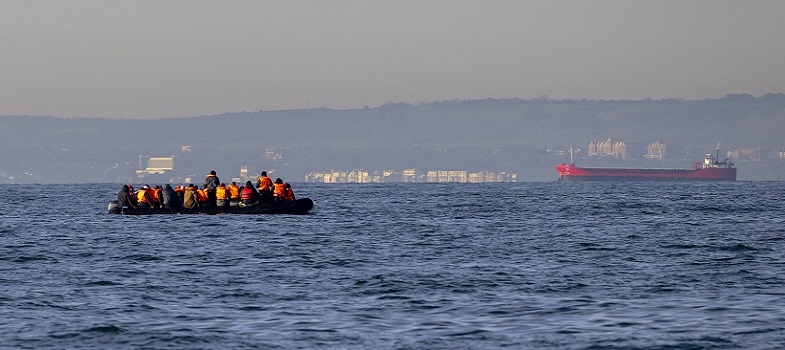4.2 International Convention on Maritime Search and Rescue
State parties to several maritime conventions need to ensure that arrangements are in place for distress communication and coordination. This is based on both Article 98(2) of UNCLOS and Chapter V of SOLAS, as well as the International Convention on Maritime Search and Rescue (SAR Convention). States who are party to the SAR Convention are required to ensure that measures are in place to enable the provision of adequate SAR services in their coastal waters.
The SAR Convention sets out to provide for international cooperation for coordinating SAR operations. It specifies the establishment of SAR zones. These are independent of the maritime zones discussed in Section 2.1.2 of this course. For example, SAR zones have been established in the Mediterranean Sea, as the following picture demonstrates.
Note that a Libyan SAR zone is recognised in the above diagram. However, human rights organisations, such as Statewatch, dispute whether this zone should be allowed to be legally recognised due to recorded human rights abuses in Libya and by the Libyan Coast Guard. For more information, visit the Statewatch website.
Under the SAR Convention, a rescue is defined as ‘An operation to retrieve persons in distress, provide for their initial medical or other needs, and deliver them to a place of safety’. The state responsible for the SAR zone should designate a place of safety, but there is no rule designating that the state responsible for the SAR zone, or the flag state of the ship, should receive those persons. However, the finding of a place of safety should be applied with reference to international human rights law, and the principle of non-refoulement.
The revised International Maritime Organization (IMO) guidelines now also define a place of safety as ‘a location where rescue operations are considered to terminate. It is also a place where the survivors’ safety of life is no longer threatened and where their basic human needs (such as food, shelter, and medical needs) can be met’ (MSC Res 167(78) Annex 34: ‘Guidelines on the Treatment of Persons Rescued at Sea’ (20 May 2004) para 6.12).
4.1 Safety of Life at Sea 1974

